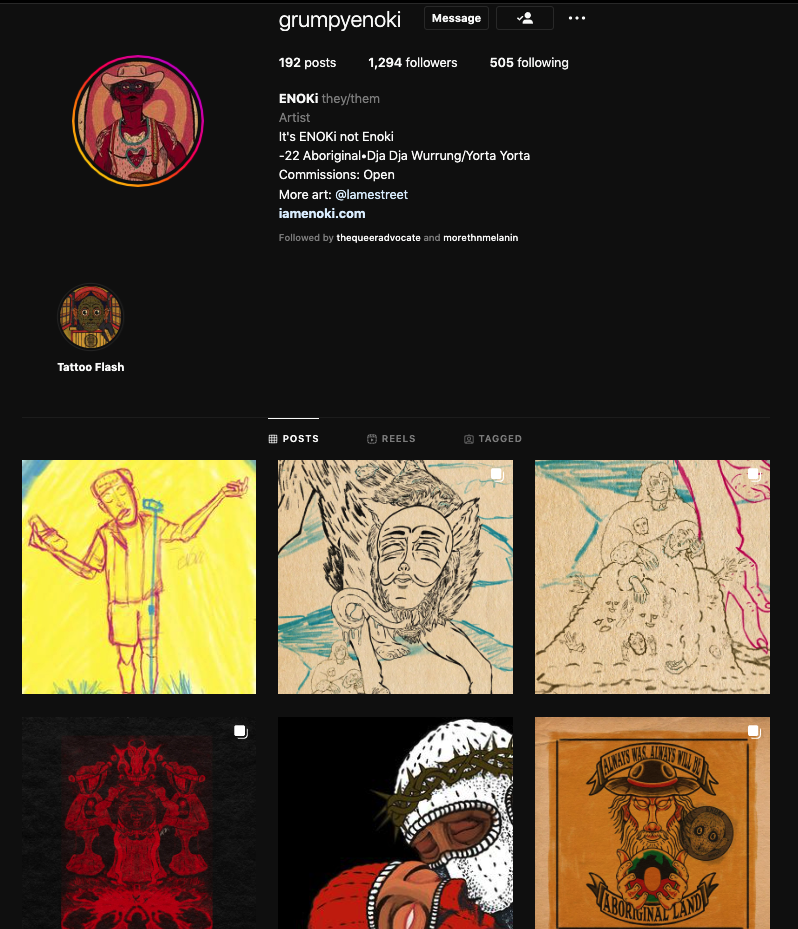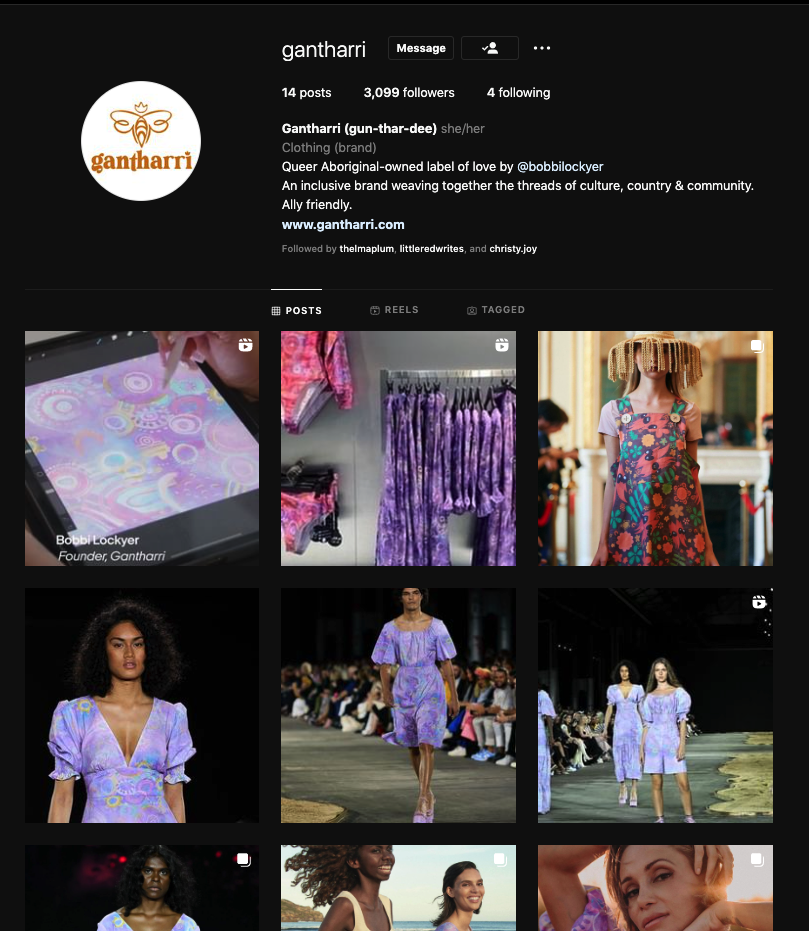Header image: Dun-deagh via wikicommons
By Syaa Liesch (they/them)
Acknowledgement of Country
I would like to acknowledge that the land I occupy, work, and live on is the stolen land of the Jagera and Turrbal people. I recognise that their sovereignty has never been ceded, and I pay respect to elders, past, present, and emerging. It is important that I acknowledge my privilege as a non-Indigenous writer, and that the intention behind this piece is to educate and show the importance of First Nation’s voices. The knowledge I have produced here comes directly from both First Nations and Indigenous authors around the world.
Knowledge, and the way it is presented is a political activity, one that exposes the centrality of white, male experiences. The hegemonic Western knowledge system, foregrounding a universalised experience surrounding a single subject, has deeply affected the ways in which marginalised people voice their experience of the world. First Nations people have unique experiences of the oppression that plays out in their everyday lives, as colonial values continue to marginalise their voices, preventing them from being represented favourably in contemporary media.
First Nations Voices in Culture
Despite globalisation and the increasing connectedness of the world, First Nations people in ‘so-called Australia’ are notoriously unrepresented in media and publications. One appeal to the creative community talks about the importance of supporting and amplifying Indigenous voices. As the realities of First Nations peoples are often neglected, the creative community must play a role in creating messages that drive change. These messages can come from an individual’s personal work, or from working with other media to change the dialogue surrounding the support of First Nations voices. Conversations about representation beyond tokenism are necessary in order to create lasting relationships with Indigenous creatives and communities. Change cannot and should not be driven by Indigenous people alone; people who hold power within the creative community must come together with First Nations people in order to support and magnify their voices.
Storytelling, whether it be through writing or art, has always been a large part of Indigenous culture. Today, it continues to resist white colonisation and assimilation, and allows Indigenous people cultural agency. Personal narratives, focusing on an individual’s story, gives people a greater awareness and comprehension of other cultures. They also work to place doubt on negative stereotypes that have been absorbed into the national consciousness. Firsthand experiences allow for deeper connections, despite the fact that they may differ to the reader’s experiences. This helps to produce ‘feelings of affinity’, promoting cultural awareness by connecting Indigenous and non-Indigenous people on a personal level. Personal narratives not only create cultural awareness, but also validate those with similar experiences. This validation helps to empower Indigenous people, allowing them to control, as well as tell, their own story. As such, providing First Nations people with platforms to share their stories not only enables them to represent themselves, but also validates the experiences of those in their community and educates the people around them.
Colonialism and Engagement with Creative Communities
The history of research around First Nations people is directly related to the history of colonialism. As Europeans ‘discovered’ other worlds, First Nations people were systematically colonised, and their societies were studied from the view of Western scientific thought, one that disregarded their systems of knowledge. Through this study, the West began to ‘see’ Indigenous people through the eyes of the colonisers, a trend that still exists today. Indigenous people were, and still are to a degree, othered and dehumanised, treated as objects and not permitted a voice. The Western ideas of thought created a knowledge production that was simultaneously about Indigenous people and had nothing to do with them; it was external to their society and concerns. The marginalisation of First Nations people, land, structures, and governance in past research has thus resulted in feelings of distrust and caution, as well as fears of exploitation and misrepresentation, with many First Nations people unwilling to give their own, usually personal, knowledge to a society that refuses to acknowledge them.
However, it is important to recognise the resilience of Indigenous cultural practices despite the colonial values continuing to oppress them. The failure to engage with and appreciate the diversity of Indigenous people and cultural frameworks causes many initiatives to collapse. One of the most important skills required for successful engagement with Indigenous communities is cultural competency, which includes an awareness of Indigenous history, culture, and values. Indigenous communities themselves are a mix of residents, often with different cultural and historical ties. In order to properly represent First Nation’s voices, rather than opting for tokenistic Indigenous experience, all facets and areas of Indigenous lives must be heard and shown.
Building Relationships with First Nation Communities
As the history between Indigenous and non-Indigenous people is rife with mistrust, the creative community has a responsibility to help bridge the gap and create lasting positive relationships with Indigenous communities. These lasting relationships will only be achieved through underlying equitable partnerships and collaborations. Discussions surrounding Indigenous people must address their fundamental rights and take place between equals. Facilitating communication between Indigenous and non-Indigenous people can be done by contacting the community Elders to establish a connection and allowing them to reach out to the further community. This can also help deter opposing views of families in the community, as the Elders hold respect and honour amongst their people. The specific social and historical context of the community must be highlighted in order to revaluate frameworks and resources. This includes the self-identification of the group, respecting the fact that terms such as Aboriginal and/or Torres Strait Islander are stigmatised, handling sensitive information, and respecting customs and practises that are Indigenous intellectual property. If handled correctly and respectfully, these relationships can allow for the different experiences within a community to be represented, without relying on normalised universality.
Promoting and Supporting First Nation’s Voices
Organisations and publications need to be foregrounding the inclusion and promotion of First Nation’s voices. This can be done by providing platforms where First Nations people are celebrated and by reaching out and encouraging First Nations people to get involved and share their experiences. The most important message is the necessity of building a positive, long-lasting relationship with Indigenous communities. This will allow for the different experiences within a community to be represented, without falling back on the notion of a universal Indigenous experience.
One of the most important ways we can continue to amplify First Nation’s voices is by supporting artists, authors and other creatives within the community. Following, engaging and supporting First Nations creatives on social media can easily be incorporated into everyday activism, and this simple act can make a difference in people’s lives. Some examples of artists include Charlotte Allingham, a Wiradjuri and Ngiyampaa woman who creates artworks around Blak excellence and self determination, and Haus of Dizzy, a Wiradjuri jewellery designer who creates jewellery that celebrates and honours Indigenous culture, often featuring political and social messages.
ENOKi (they/them), a Dja Dja Wurrung and Yorta Yorta person, explores themes of queer identity and blackness, and Gantharri, a queer, Aboriginal-owned label by Ngarluma, Kariyarra, Nyulnyul and Yawuru artist Bobbi Lockyer is inspired by country, culture and community to create vibrant collections.
These Indigenous people use their individual lived experiences to create art which showcases their understanding of the world they live in, and it is important to not only pay attention to, but also support and actively engage with them in order to amplify their voices.
Bibliography
Asmi, Rehana. ‘Indigenous Representation in the Media and the Importance of Personal Narrative.’ Honours Thesis, University of Montana, 2017. https://scholarworks.umt.edu/cgi/viewcontent.cgi?article=1186&context=utpp.
Code, Lorraine. ‘Ignorance, Injustice, and the Politics of Knowledge.’ Australian Feminist Studies 28, no. 80 (2014): 148-160. 2014.
Dillon, Michael and Neil Westbury. Beyond Humbug: Transforming Government Engagement with Indigenous Australia. Adelaide: Seaview Press, 2007.
Hunt, Janet. ‘Engaging with Indigenous Australia: Exploring the Conditions for Effective Relationships with Aboriginal and Torres Strait Islander Communities.’ Closing the Gap Clearinghouse 1, no. 5 (2013): 1-53.
Kearney, Emma. ‘Building Positive Relationships with Indigenous Children, Families and Communities.’ Critical Studies in Education 33, no. 3 (2014): 338-352.
Laird, Sarah, and Flavia Noejovich. ‘Building Equitable Research Relationships with Indigenous Peoples and Local Communities: Prior Informed Consent and Research Agreements.’ In Biodiversity and Traditional Knowledge: Equitable Partnerships in Practise edited by Sarah Laird, 179-504. London: Earthscan Publications, 2002.
Laycock, Alison, D. Walker, N. Harrison and J. Brands. Researching Indigenous Health: A Practical Guide for Researchers. Melbourne: Lowitja Institute, 2011.
Murray, Belinda and Brent Kerby. ‘A call to the Australian creative community: it’s past time we support and amplify Indigenous voices.’ Marketing Mag. September 9, 2020. https://www.marketingmag.com.au/change-makers/a-call-to-the-australian-creative-community-its-past-time-we-support-and-amplify-indigenous-voices/.
Nakata, M. Indigenous Australian Studies and Higher Education. Canberra: Australian Institute of Aboriginal and Torres Strait Islander Studies, 2004.
Sium, Aman and Eric Ritkses. ‘Speaking Truth to Power: Indigenous Storytelling as an Act of Living Resistance.’ Decolonization: Indigeneity, Education & Society 2, no. 1 (2013): I-X.




